Fund the Research
100% of your donations help us generate more data and get closer to understanding global interconnectivity—and how we can use it to create a better world.
DONATE NOWWhat is the Global Consciousness Project 2.0?
How are we connected to ourselves, others, and nature through the global consciousness field?
How do large-scale shared emotional experiences such as tragedies or love and compassion meditations impact humanity and nature?
Could our collective intentions shift the global consciousness field enough to create a better world for all humanity?
How are we connected to ourselves, others, and nature through the global consciousness field?
How do large-scale shared emotional experiences such as tragedies or love and compassion meditations impact humanity and nature?
Could our collective intentions shift the global consciousness field enough to create a better world for all humanity?

WHY DO WE NEED GCP 2.0?
As humans, we are “see it to believe it” creatures. While evidence suggests we live in an ever-changing, interconnected field of global consciousness, there is currently no way for us to “see” this incredible field—or understand the power our individual intentions, emotions, and actions have on each other and the world.
The Global Consciousness Project 2.0 is changing that by measuring the impact of shared human experiences on global consciousness.
By measuring shifts in the data from random number generators (RNGs) hosted by citizen scientists around the world, GCP 2.0 helps us to begin to understand the true impact of individual and collective consciousness in our world.
We'll get closer to understanding the true power of love and collective human consciousness.
We'll inspire new ways individuals can personally contribute to the positive transformation of society.
We'll begin to heal the separation that underlies significant challenges that humanity faces and create a better world.
We'll get closer to understanding the true power of love and collective human consciousness.
We'll inspire new ways individuals can personally contribute to the positive transformation of society.
We'll begin to heal the separation that underlies significant challenges that humanity faces and create a better world.
LIVE GCP 2.0 DATA
This globe displays color patterns that reflect the current Device Coherence for each device hosted by
a citizen scientist. The typical colored circle is magenta, indicating normal levels of
Device Coherence. However, some devices are a different color, representing varying levels of
significance in the Device Coherence. This may indicate coherence among people in the vicinity of
that device; at this point it is still cutting-edge research.
If you own a device and would like to find it:
1. Log in and get the Device Number or Nickname displayed on your dashboard.
2. Hover over any device on the globe until you find the Device Number or Nickname that matches your device.
LIVE GCP 2.0 DATA
The Network Coherence Indicator reflects the current state of the network. Network Coherence is typically normal, while the other colored zones represent rising levels of significance in Network Coherence. This may indicate a change in Global Coherence across a large portion of humanity that is focusing attention or emotion on the same event.
OUR NEXTGEN RANDOM NUMBER GENERATORS

We measure the effects of human consciousness via a globally distributed network of physical devices that produce random numbers. These devices are called random number generators (RNGs). Our hypothesis is that shared consciousness can cause the network to stop behaving in a random fashion. This will occur either when large numbers of people share a focused attention towards the same thing, such as a global event that draws out compassion, or smaller numbers of people are in a more coherent state and hold a collective intention. In other words, our collective consciousness can change the physical world.
This effect is not limited to a network of unusual devices. We understand the devices to be detectors for a much broader effect. If human consciousness can affect these electronic devices, then wouldn't it affect other physical systems? Other experiments, such as those using organic RNGs, suggest that these effects extend to a broader range, including people, water, plants, trees, weather, and nature in general. The effects can be healing or harmful depending on the intention. However, consciousness effects are not readily observed in all objects because there are other competing influences on their behavior. That is why we use RNGs to detect this effect, as they are free from other influences.
There are several advantages to this. It is an international collaboration of citizen scientists all across the planet, encouraging global engagement in the project and feeding the consciousness fields with more coherent emotions such as love and compassion. Additionally, it has been demonstrated (see figure) that having more devices in the network may result in a more sensitive detection system, but more importantly a larger network will allow us to examine topological effects in how consciousness-related effects distribute around the world when localized events take place. This should allow us to show unprecedented striking evidence of the effects of human consciousness on the physical world.

The more devices there are, the more sensitive the network is to consciousness effects
MEET THE TEAM

Principal data scientist
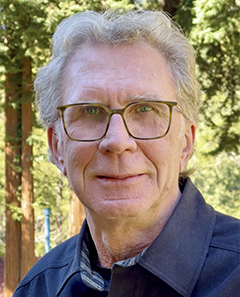
Executive Vice President and Director of Research

Research center laboratory manager
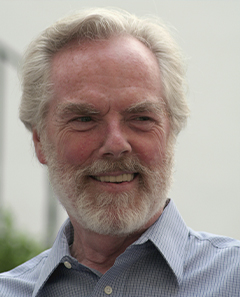
Founder and Director
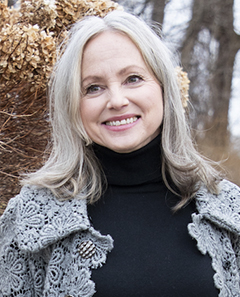
Lead Citizen Scientist
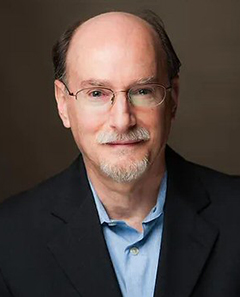
Chief scientist
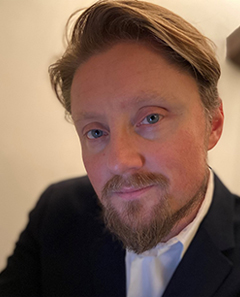
Senior analyst and Functional lead
Over 30 years of dedicated global consciousness research
Sophisticated research and state-of-the-art device design
Driven by leading scientists, engineers, and changemakers

We couldn't do our work without the help of curious people like you. Join our research team by hosting a RNG in your home.
APPLY NOW100% of your donations help us generate more data and get closer to understanding global interconnectivity—and how we can use it to create a better world.
DONATE NOWLoading...